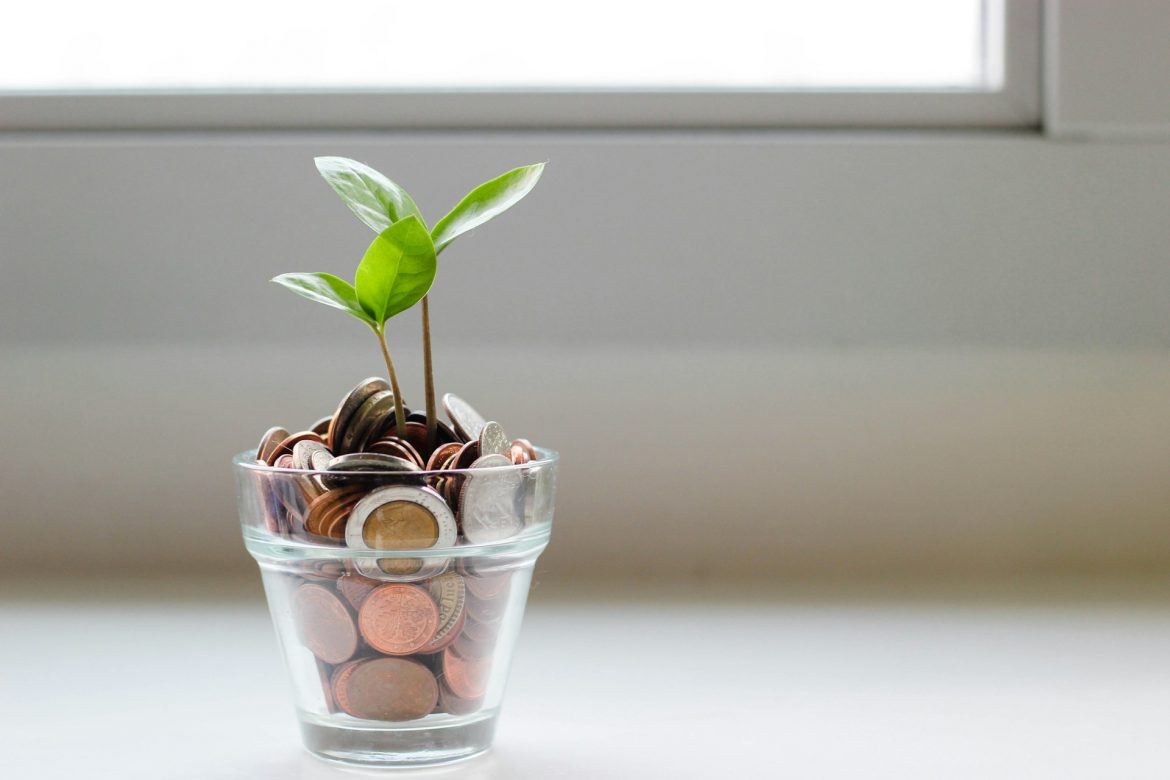Why You Need an Emergency Fund
Think of an emergency fund as your financial safety net. It’s money you set aside for life’s unexpected events, like a car breakdown or a sudden job loss. Without it, you might need to use a credit card or take a loan, leading to debt. It’s like having a spare tire in your car; you hope you never need it, but it’s there just in case.
Start Small, Think Big
Beginning your savings journey can feel overwhelming, but the key is to start small. Even saving a little each paycheck can add up over time. Think of it as planting a seed that will grow into a strong tree.
Open the Right Savings Account
A good first step is opening a savings account that suits your needs. Look for one with high interest rates and low fees to help your money grow faster. Online banks like Ally Bank often offer competitive rates compared to traditional banks.
Set a Monthly Savings Goal
Setting a clear goal can help you stay focused. It could be a percentage of your income or a fixed amount, like $50 or $100 a month. Tools like Mint can help you track your progress and keep you motivated.
Cut Unnecessary Expenses
Take a close look at your spending and see where you can cut back. Maybe it’s dining out less or canceling a subscription service you rarely use. Every little bit saved can be redirected to your emergency fund.
Automate Your Savings
Make saving effortless by automating it. Many banks, including Chase, allow you to set up automatic transfers from checking to savings accounts. This way, you’re saving without even thinking about it.
Keep It Accessible but Separate
Your emergency fund should be easily accessible, but not too easy that you’re tempted to dip into it for non-emergencies. Consider keeping it in a separate savings account, so it’s not mixed with funds for everyday use.
Increase Your Savings Over Time
As you get more comfortable with saving, try to increase the amount gradually. Getting a raise or paying off a debt? Redirect some or all of that extra money into your emergency fund.
Stay Motivated and Adjust as Needed
Building an emergency fund is a marathon, not a sprint. Celebrate small victories along the way to stay motivated. And remember, your financial situation can change, so it’s okay to adjust your savings goals as needed.
Review and Replenish Regularly
Life happens, and you may need to use your emergency fund at some point. When you do, make a plan to replenish it. Regularly review your fund to ensure it meets your current needs, especially if your living expenses increase.
Conclusion
An emergency fund is an essential part of financial wellbeing. Starting small, making smart choices, and staying consistent can help you build a fund that will stand by you in times of need. Remember, it’s not about the amount you save, but the habit of saving that counts. With patience and discipline, you can achieve financial security and peace of mind.
